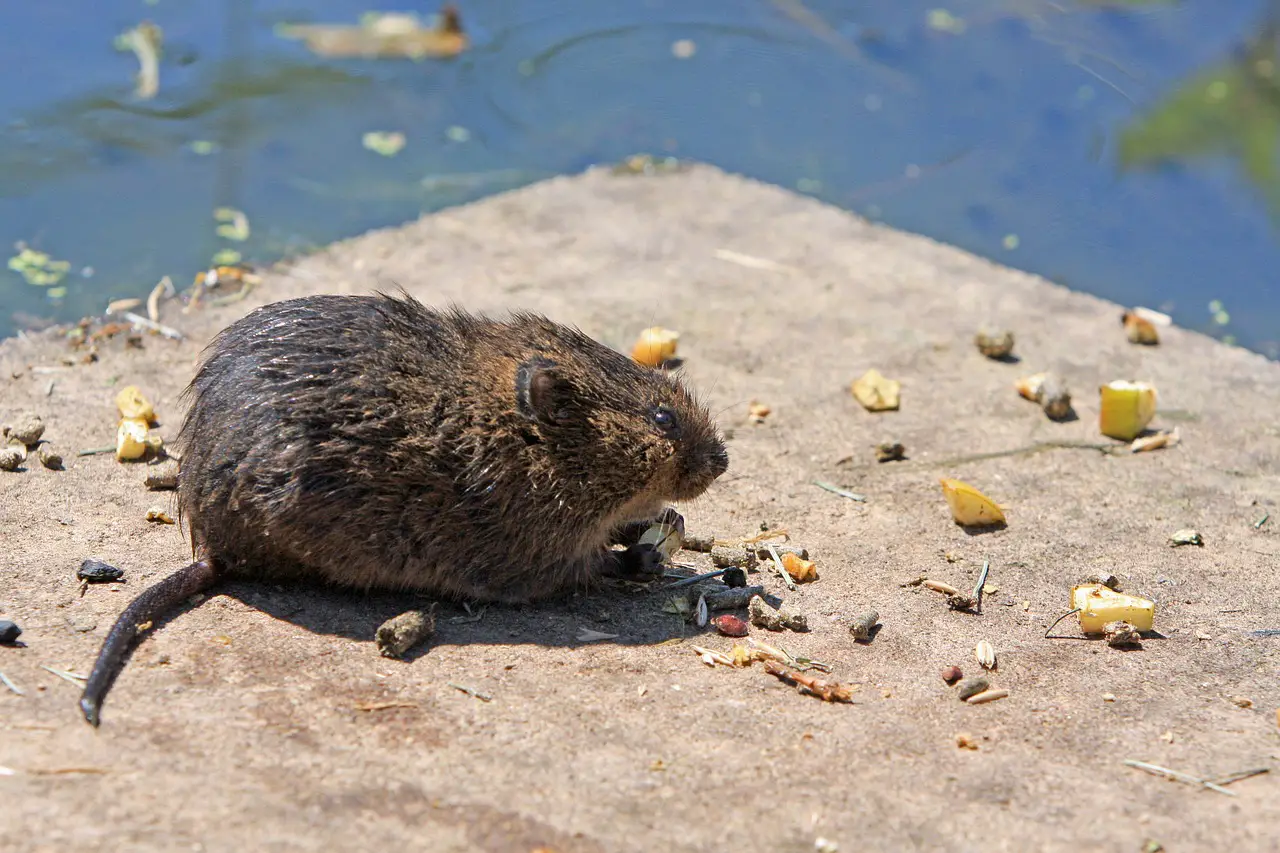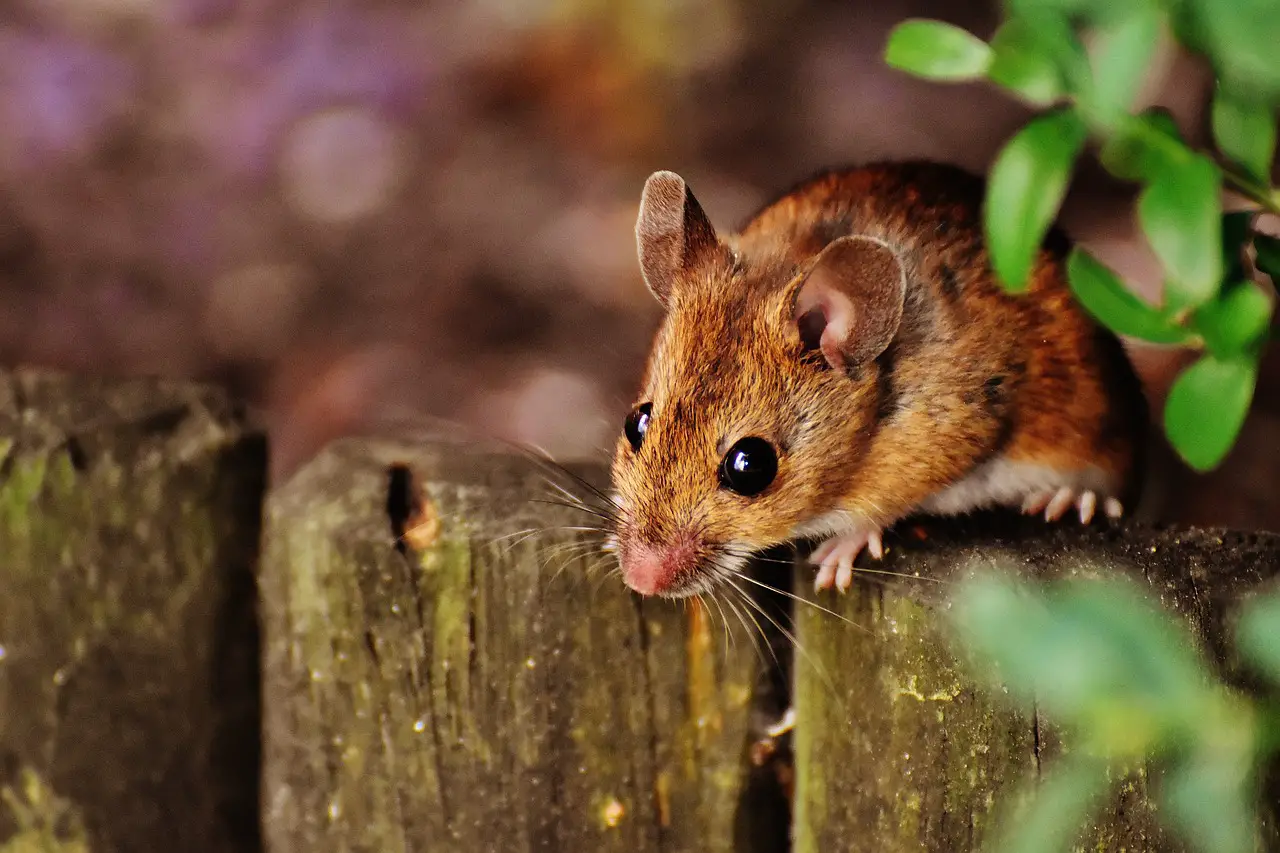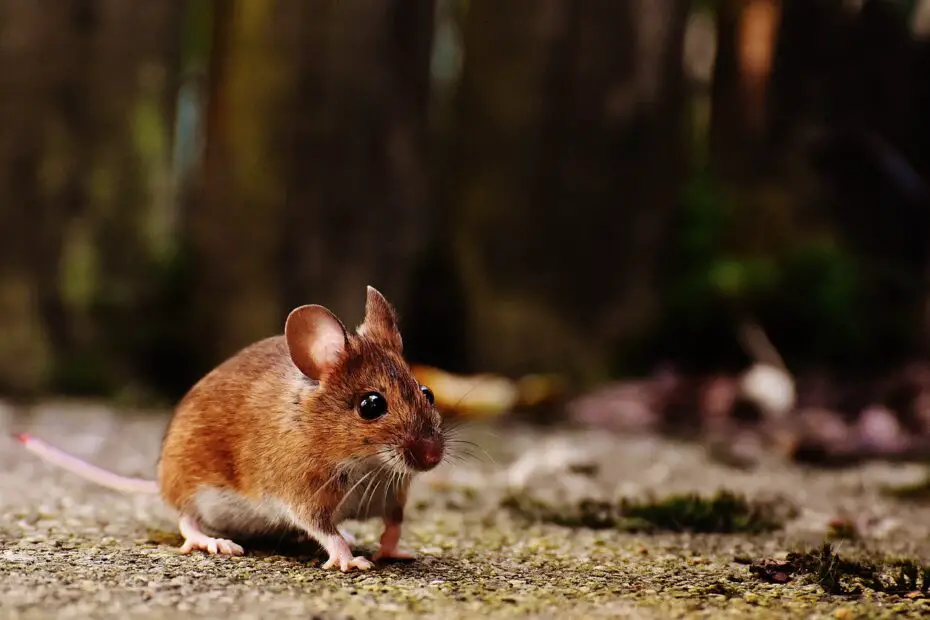In the world of small rodents, voles and mice are often confused due to their similar appearances. However, these two creatures have distinct characteristics that set them apart. In this article, we will delve into the differences: vole vs mouse, exploring their physical traits, behaviors, and ecological significance.
You may also want to read about chipmunk poop.
What are Voles?
Voles are small rodents that belong to the Microtus genus. They are often mistaken for mice due to their similar size and shape. However, there are notable differences between the two.
Characteristics of Voles
Voles have compact bodies, short legs, and a blunt snout. They typically measure around 3-9 inches in length, depending on the species. Unlike mice, voles have a stockier build and a shorter tail.

Habitat and Behavior
Voles are primarily found in grassy or wooded areas, where they construct elaborate tunnel systems. They are excellent diggers and create networks of runways beneath the ground. Voles are herbivorous, feeding on various plant materials such as grass, roots, bark, and seeds.
What are Mice?
Mice, on the other hand, are small rodents that belong to the Mus genus. They are among the most common mammals worldwide and are known for their adaptability and prolific breeding habits.
Characteristics of Mice
Mice have slender bodies, long tails, and pointed snouts. They come in different species and subspecies, varying in size and color. House mice, for instance, are small and light brown, while field mice can be larger and have a more varied coloration.
Habitat and Behavior
Mice are incredibly adaptable and can thrive in various habitats, including fields, forests, and human-made structures. They are omnivorous, consuming a wide range of foods, including seeds, grains, fruits, and insects. Mice are known for their agility and climbing abilities, allowing them to explore and navigate diverse environments.
Differences Between Voles and Mice
While voles and mice may share some similarities, there are several key differences that distinguish them from each other.
Physical Differences
Voles are generally stockier, with shorter tails and a more robust appearance compared to mice. Mice, on the other hand, have a slender build and longer tails. These physical distinctions make it easier to differentiate between the two rodents upon closer inspection.

Behavior and Diet
In terms of behavior, voles are known for their extensive tunneling activities and burrow systems, which are not typically observed in mice. Voles also have a herbivorous diet, mainly feeding on plant materials. Mice, on the other hand, have a more varied diet that includes both plant matter and animal protein.
Vole vs Mouse: Importance in Ecosystems
Both voles and mice play significant roles in ecosystems, albeit in different ways. Voles contribute to soil aeration through their burrowing activities, which can enhance nutrient cycling and plant growth. They also serve as prey for predators such as owls, hawks, and snakes.
Mice, on the other hand, are important seed dispersers, aiding in plant regeneration. They also serve as prey for a wide range of predators, including birds, snakes, and mammals.
Conclusion
In summary, voles and mice may appear similar at first glance, but they have distinct characteristics that set them apart. Understanding these differences is crucial for proper identification and ecological understanding. Both voles and mice play valuable roles in ecosystems, contributing to the overall balance and functioning of their respective habitats.
FAQs
1. Are voles and mice the same species? No, voles and mice belong to different genera. Voles belong to the Microtus genus, while mice belong to the Mus genus.
2. Can voles and mice interbreed? No, voles and mice cannot interbreed due to genetic differences and reproductive barriers.
3. Which species is more likely to invade homes, voles or mice? Mice are more likely to invade homes as they are skilled climbers and can find their way into buildings in search of food and shelter.
4. Do voles and mice carry diseases? While both voles and mice can carry diseases, mice are more commonly associated with disease transmission to humans.
5. Can voles and mice be kept as pets? Some species of mice, such as fancy mice, can be kept as pets. However, voles are less commonly kept as pets compared to mice.
